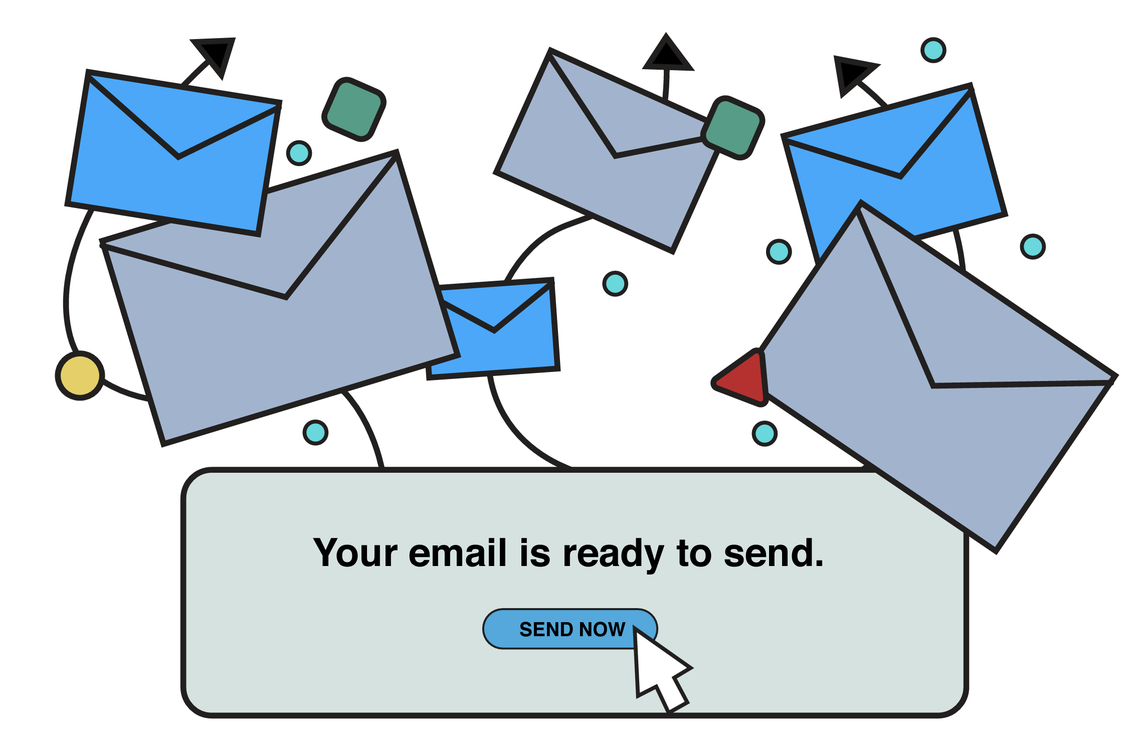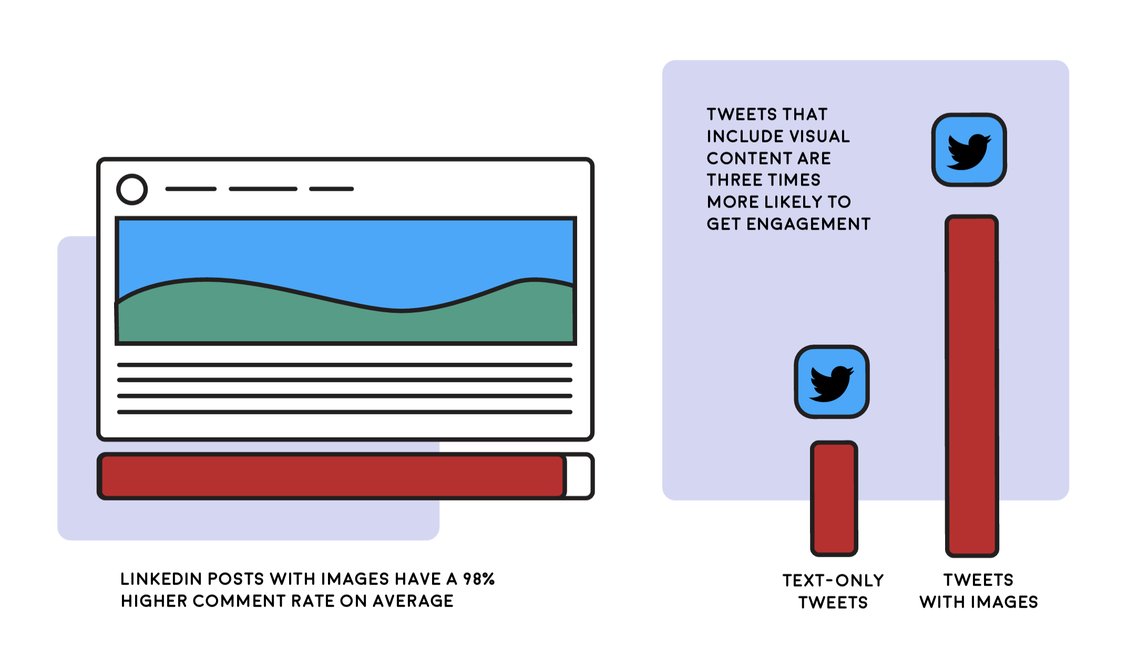Substack’s Big Moment Meets Subscription Fatigue
Star journalists are flocking to Substack for editorial freedom and income, but readers face growing subscription overload – raising questions about how long the newsletter boom can last.
Embrace the power of storytelling to engage your audience on the next National Day of Giving.

The best way to make a lasting impact, is to tell a story. Statistics can be startling, flashy headlines may grab attention, but a story stays with the reader.
People remember stories as much as 22% more than other methods of communication. Author and Master Storyteller, Kendall Haven, says, “Research confirms that well-designed stories are the most effective vehicle for exerting influence.”
Nonprofit organizations can take advantage of using storytelling to strengthen their relationship with donors. A story has the power to build trust and loyalty. It is easier to remember a story than it is to memorize facts and figures.
If your nonprofit was Habitat for Humanity, for example, and you wanted to share with your audience about your goal to raise a large sum of money for the National Day of Giving and you told a story about the 500 families that were helped the previous year with all of the donations that were given….. you might lose your audience quickly.

However, if you focused on just one family, shared their names, some photos, maybe a video, and let them tell about how Habitat for Humanity changed their lives, the story is not likely to be forgotten.
That’s because viewers want to identify with others. They want to put a name to a face, and hear what someone else has to say. Even if they can’t relate. What’s more, the story doesn’t have to be dramatic to create impact. It does need to be honest, and heartfelt.
Consider a few important elements before crafting the perfect compelling story for your nonprofit.
Consider why you are telling the story. Is raising money the priority? Or growing membership? Perhaps your goal is to be sure donors are aware of a new program or your intent to create corporate sponsorships. Whatever the case, be sure viewers know your intentions.
You must give your audience a reason to listen. This is done best by using emotion to draw your viewer in. One example of successfully grabbing attention with a story, is an ad from Feeding America. Instead of sharing statistics about hungry children, we see the story about Emily, who receives perhaps the only meal from her school lunch and snack. This story grabs our attention and gives us a reason to listen. We will feel compelled to help when we feel an emotional connection with the person in the story. Even those without children will feel empathy for a child who deals with hunger.
After providing a reason to listen, you must engage your audience. Give them a reason to care. This can be accomplished by showing the impact your program has had on individuals. Consider this story from Saint John’s Program for Real Change. We learn about Tracy and her struggles with an abusive relationship leading to substance abuse and homelessness. But in the end, we see how her life has been positively impacted by the program, which engages the audience and provides evidence of its effectiveness.
This is your moment to share with the reader what they can do to help. This is where you provide them with the power to change and make an impact on the issue. It’s a call to action and provides a clear path such as one button to click or a landing page on your website where they can easily donate.
Including infographics, photos, and videos on your website and marketing can impact your story.

Video is a powerful way to share a story. This story is about a woman named Hiba who is part of the organization Malala Fund which serves to expand educational opportunities for girls around the world. In it, we see the young women who are impacted by the mission and goals of this organization and are able to feel a connection by relating to their situation.
Leverage social media by using Instagram stories and posts. Don’t forget to include hashtags. Use an email template to share a new campaign. Including visuals is a vital way to show your viewers the faces behind the story and provides credibility.
The National Day of Giving is this Tuesday, November 28. Tell the story about what your organization is doing to make a difference and engage your audience to partner with you alongside the journey.